In another post I wrote about effect size, which is a scale for measuring the effectiveness of various treatments, across different research studies. A 1.0 effect size is considered a ‘robust’ response. A number higher than a 1.0 is even better, while a number less than 1.0 means the treatment is, on average, less effective than something rated 1.0. It might still work well for you. For more information about effect size, go to this blog post.
What Works For Treating ADHD
Below are some effect size figures for treatments for ADHD – what works, and also a list of what doesn’t. I don’t cover all of the research, but what I have included is based upon what is considered reliable research.
Exercise can be a relatively effective treatment for ADHD, but can be temporary – that is, the impact on ADHD symptoms such as attention, last for about 3 hours after the rigorous exercise has happened. Depression relief lasts longer, perhaps a days. Therefore, regular exercise (and perhaps tactical exercise before one needs to focus for a meeting, for example) is a good use of this treatment, and its effect size varies across symptoms measured.
Treatment Effectiveness (Ranges cover multiple studies)
Effect Size (1.0 rating considered a “robust therapeutic response”)
- Stimulants in blind clinical trials – 0.95
- Lisdexamfetamine (Vyvanse) – 1.28
- Mydayis – new, 16 hour amphetamine, slower start - .67 – 1.1 depending on dose
- Methylphenidate (Ritalin, Concerta) – 0.75
- Stimulants in optimized dose trials – 2.2
- Alpha agonists – 1.3 (often used for Rejection Sensitive Dysphoria) LINK
- Aerobic exercise (kids and teens meta-analysis) 0.56 – 0.84
- Attention – 0.84
- Hyperactivity – 0.56
- Impulsivity – 0.56
- Anxiety – 0.66
- Executive functioning – 0.58
- Social disorders – 0.59
- (Depression – no effect size number here, but thought to be as effective as Zoloft in one study)
- Strattera – 0.44 to 0.68
- Bupropion (Wellbutrin, Zyban) - .34
- Zoloft (for ADHD only) – 0.25
- Remove artificial colors (kids) - 0.21
Sources: Dr. William Dodson, ADDitude Magazine Spring, 2013: ADHD Report Oct. 2012; Sept. 2015 & Dec. 2016 Russell Barkley, Ph.D.
Non-Medicinal Treatments That Work - Not Mentioned Above
(I have not found effect size figures, but this is based in research that does not cite effect size specifically)
- Gluten-free diet (only for 15% with undiagnosed celiac)
- Omega-3 supplementation dose 2,000-4,000 mg (for those with low Omega 3…perhaps 80-90% of population) – low effect size, though
- Sleep hygiene – getting a minimum of 7 hours of sleep a night as sleep deprivation increases the severity of ADHD symptoms
- Mindfulness training (particularly in emotion control & sustaining attention)
- Lower stress (stress increases the severity of ADHD symptoms)
- Cognitive Behavioral Therapy (CBT) – coaching
Sources, various including: Current Status of CBT for Adult ADHD at http://www.ncbi.nlm.nih.gov/pmc/articles/PMC2909688; Barkley ADHD Report Dec 16
What Doesn’t Work (according to research)
- Computer training (CogMed, Lumosity, etc.) – short-term ‘near transfer’ but no ‘far transfer’…which means that you learn what they are teaching, such as memorizing numbers backwards, but it doesn’t ‘spread’ to other parts of your life
- Elimination diets (Feingold) – in spite of lots of publicity to the contrary, a recent and very thorough meta-analysis of all research done on diet and ADHD shows that dietary changes don’t significantly impact ADHD symptoms…though they do help greatly with overall health improvements
- Neurofeedback – works better for anxiety, but not ADHD
- Single or multi-micro nutrient supplementation – again, a meta-analysis shows that magnesium, zinc and other single supplements don’t impact ADHD, contrary to claims. Multi-micro nutrient supplements do improve overall health, but not ADHD symptoms
Unsure if these treatments work
- Amen’s fMRI diagnostic approach or nutraceutical treatments (in general, dietary treatments are not particularly effective)
- Electro-magnetic stimulation (Alpha Stim) – mostly for anxiety, depression, maybe sleep – concerns about direct current stimulation. Consult a professional; be particularly wary if you have PTSD
- Vayarin – prescription medical food that may help with emotional regulation and hyperactivity – not other aspects of ADHD.
- eTNS (Trigenminal Nerve Stimulation) – FDA approved 2019, after small study with kids. To my knowledge, the research has not been replicated yet.
For more information about treatment, including the three legs of treatment, go to ADHDmarriage.com and download the free treatment e-book from the home page. Treatment is also covered in my couples seminar.
Addendum, 2022
Since I wrote this post some significant new medications have become available, and there has been a good deal of conversation about emotional dysregulation and its extreme form, Rejection Sensitive Dysphoria, which tends to respond well to certain non-stimulant medications. Read the book ADD & Zombies for a good overview of taking medication if you are an adult with ADHD, and see my blog posts on RSD for additional information.
- MelissaOrlov's blog
- Log in or register to post comments
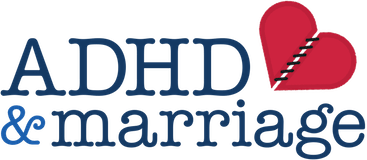
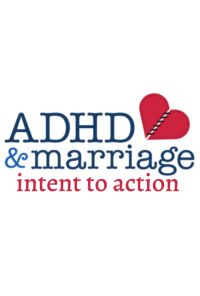
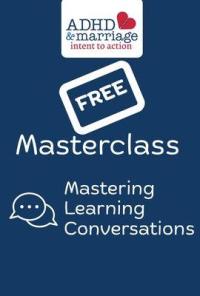
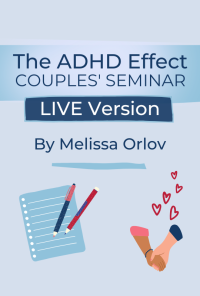
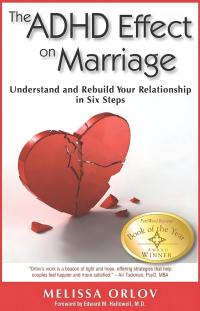
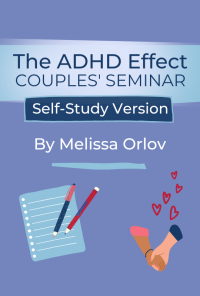
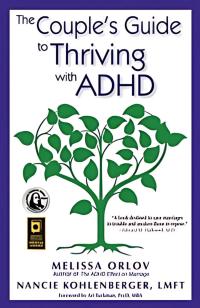
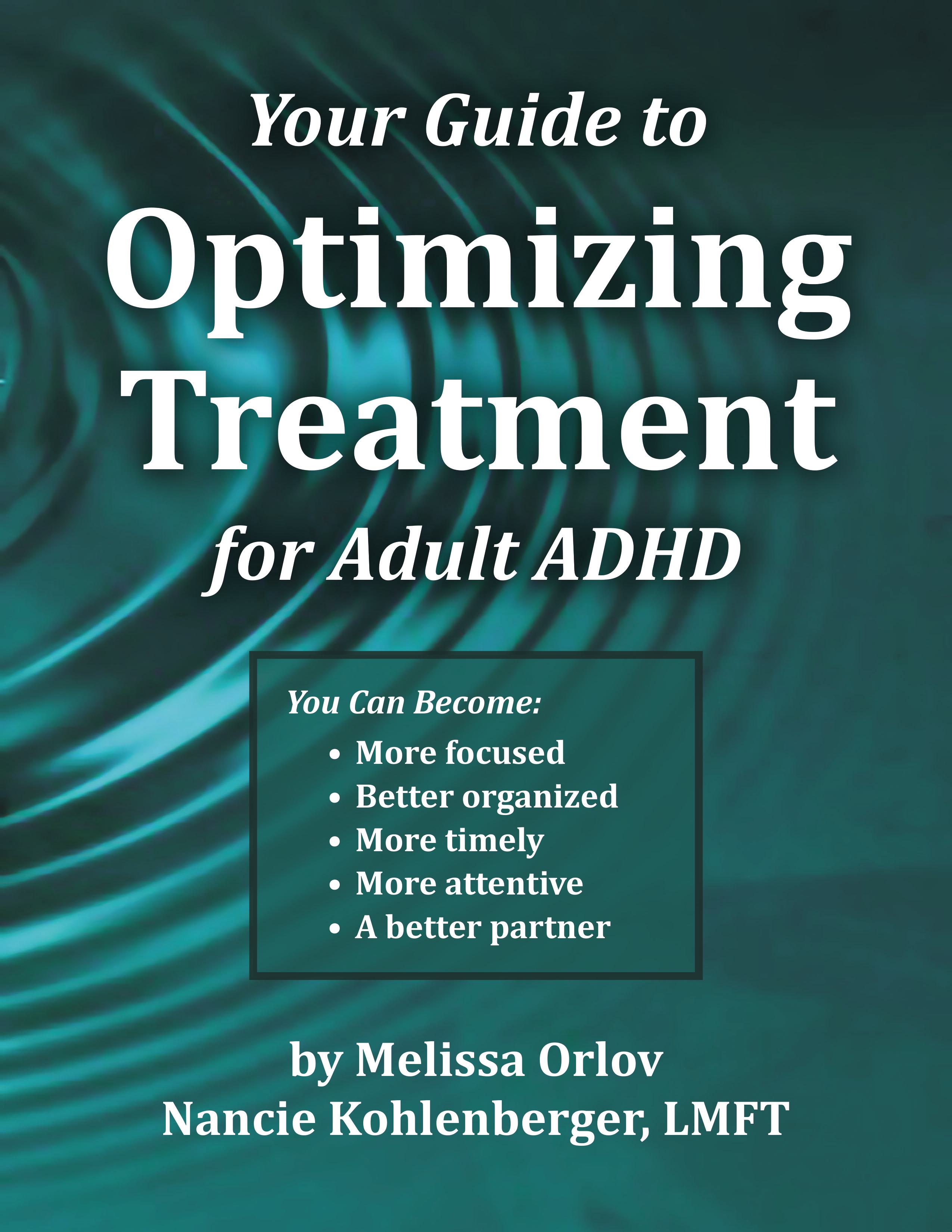
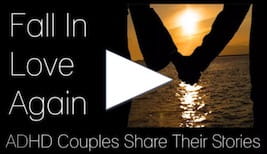
Comments
Clarification - Treatment Effectiveness "what does work"
Hello,
Love your stuff! Have a question on your list...
I understand the drug name "effective dose" numbers
The vague treatment of "Anxiety" - this is not a medication like Xanax, right? Is this a type of med or overall treatment?
Thanks!
Evan
MEDICATIONS
On bupropion. 60+ recently diagnosed. What will Straterra do? Bupropion not helping with focus. Addictive qualities are why I'm staying away from stimulants
Fear of Addiction
Hi Michael, I hear your concern regarding stimulant medication. However, I would encourage you to talk to your doctor. The fact is that stimulants are a safe way to effectively treat ADHD and that properly treated ADHD reduces your risk of addiction behaviors in general. At the prescribed dosages you're extremely unlikely to develop an addiction. The truth is that many people with ADHD need medicine to function. Many of us need stimulants because our brain just does not produce enough of certain neurochemicals to function in a NT world. People don't wax on about diabetics addicted to insulin, or about people "addicted" to their blood pressure medication. Just because a drug /can/ be abused (and most of them can) doesn't mean that being prescribed those drugs or needing them to function due to biological circumstances beyond your control is abuse. <3 I hope you find an effective treatment for your ADHD, but please don't be afraid to do what you need to be effective for you.
Medication Question
I have heard about Wellbutrin for treatment of ADHD along with depression/anxiety/anger/panic. My husband's current psychologist recommended it, as well as his previous therapist. They did NOT recommend a stimulant for him like Adderall, due to his anger/agitation issues - their concern is that a stimulant can make these even worse. The Lexapro he is on does nearly nothing for his depression/anxiety, and absolutely nothing (of course) for his ADHD symptoms. Lexapro just makes him tired and he has gained weight from it, and his libido is non-existent. He finally has an appt. to get a new med next week. I hope this and his CBT therapy work because therapy alone doesn't help his restlessness or focus, and other ADHD symptoms which seem to be getting worse.
If anyone has experience with a non-stimulant med I'd love to hear your input.
Thank you.
Addendum question
In the addendum you reference your blog posts on RSD can you please provide links?